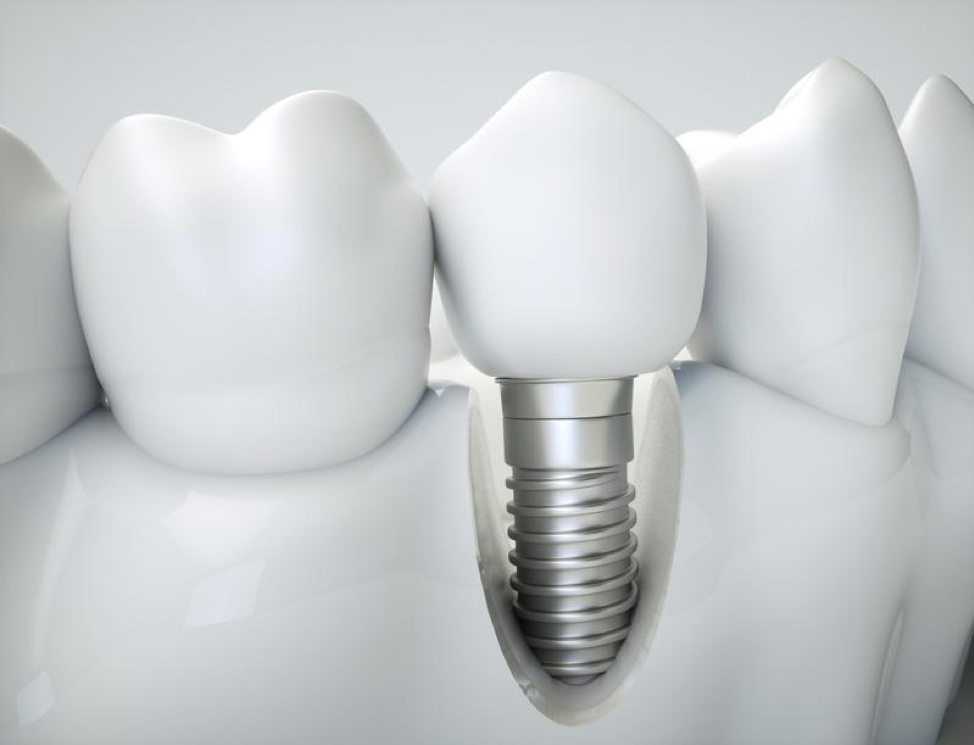From the rural country to the big city, there are people with dental implants. The thing is, many of their friends and family members don’t know they have implants. Since they look so natural, it’s easy to pretend that they are real teeth. And most people wouldn’t ever know unless they were told.
People also don’t realize there is more than one type of dental implant. Individual implants are perhaps better known than a newer approach known as the All-on-4 implant. When the time comes to say goodbye to our natural teeth, one or both of these solutions may be right for us. Here are some things you should know about both options, including how they differ and when one may be a better choice than the other.
Understanding the Basic Individual Implant
Cosmetic dentists are likely to recommend an individual implant to the patient who is missing one or no more than a few teeth. This type of implant, as described on the University of Iowa’s College of Dentistry and Dental Clinic page, is essentially a post in the form of a screw. The device is then embedded in the gum, taking the space once occupied by the tooth root.
A cap or crown is attached to the portion of the implant that protrudes above the gum line. Each crown is shaped to resemble a molar or other tooth. When the work is complete, the device looks and functions like a real tooth.
Individual implants are rather nifty when you have a few teeth to replace. They can also be used to replace a full set of teeth. Keep in mind that the latter application could take weeks or months to finish. The good news is that the individual implants will last for decades and also help your jaw to retain its shape. By contrast, dentures would need to be replaced after several years, and you can expect the contour of your jaw to shrink.
How About the All-on-4 Implants?
Cosmetic dentistry also offers patients the option of choosing All-on-4 implants. This solution involves installing four implants in the upper or lower jaw, spaced at strategic distances. A dental plate that’s fashioned to look like a full set of upper or lower teeth is attached to those implants. Crowns help to hold the plate in position. Unlike a full set of individual implants, this procedure can often be completed in a single day. According to Nevada Oral & Facial Surgery’s website, all-on-4 procedures are distinctly less invasive than traditional dental implants, which makes them much more desirable in general. The patient will come one day to do almost all of the work, but they will have to return at a later date to receive a customized permanent plate. Like individual implants, the All-on-4 solution is capable of lasting for decades.
Which One is Best?
Both cosmetic solutions work well. Bone density, as well as personal preference, play a role in determining which option is right for the patient. Mayo Clinic warns that, weaker bones may make it difficult to use individual implants, and as such have to explore other options. In addition, there are advanced procedures that help to add stability, but they are not always successful.
The All-on-4 solution does work better for patients with weaker bones. There’s less effort involved in ensuring the few implants used are stable and will not shift over time. Patients also find this approach attractive when they would rather not spend months having individual implants inserted.
Talk with your dental professional about both options and identify the one that works best for you. With either solution, you can look forward to a beautiful and natural smile.
If you have more questions on implants, crowns, and more, make sure to read through our article discussing the differences of those!
